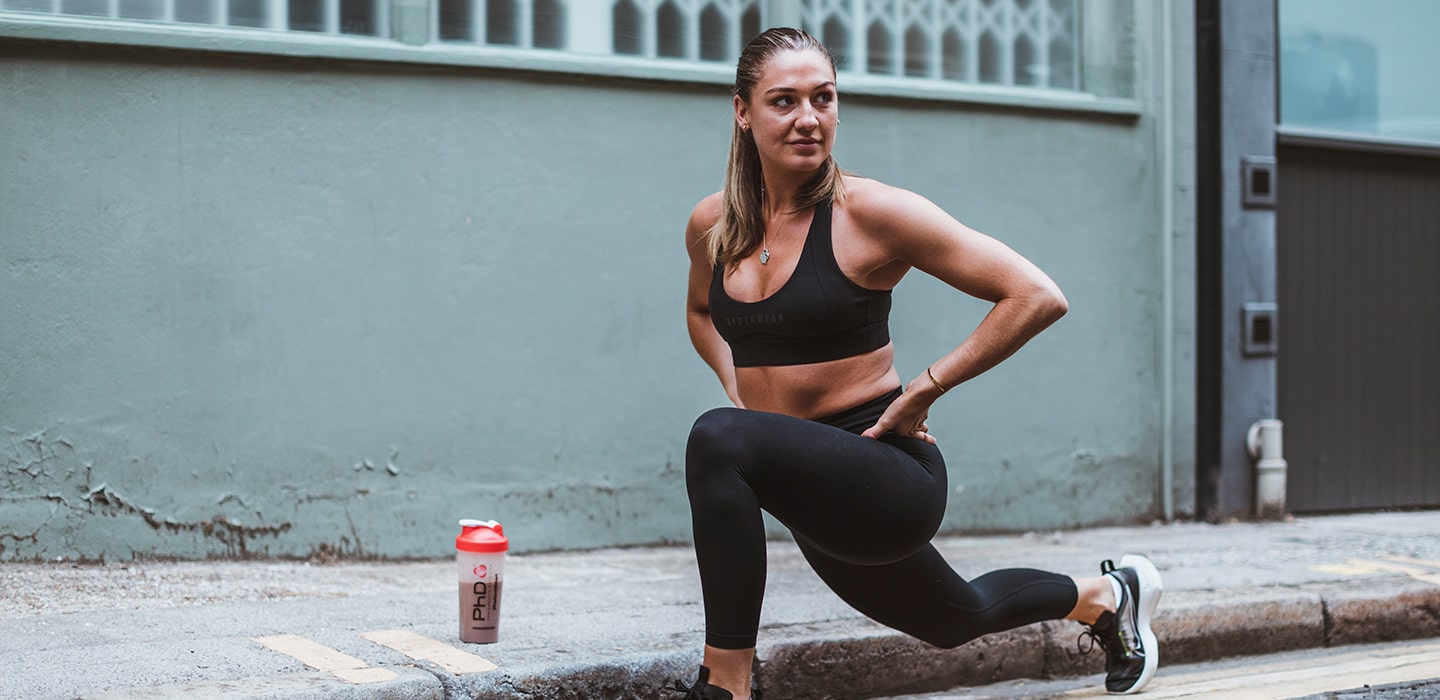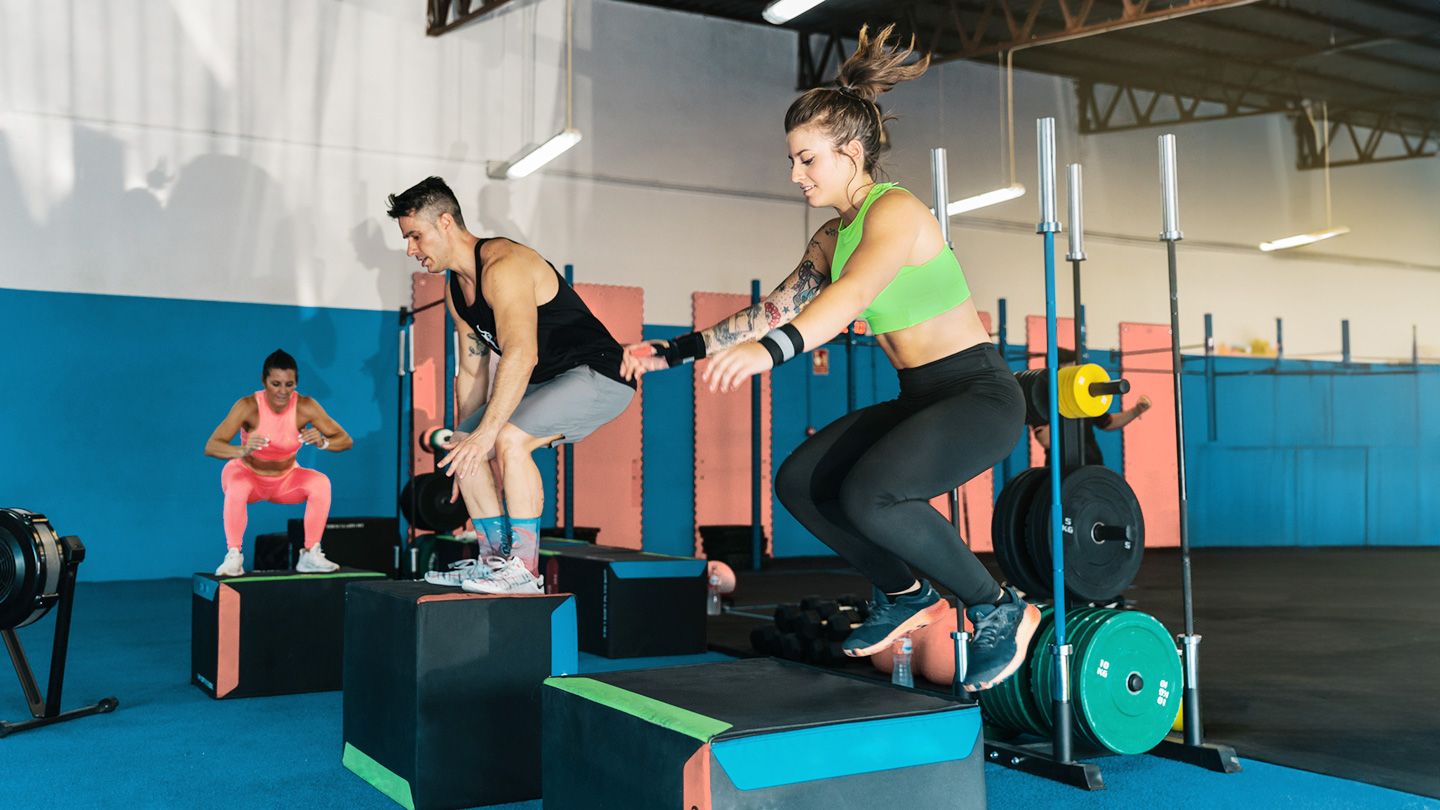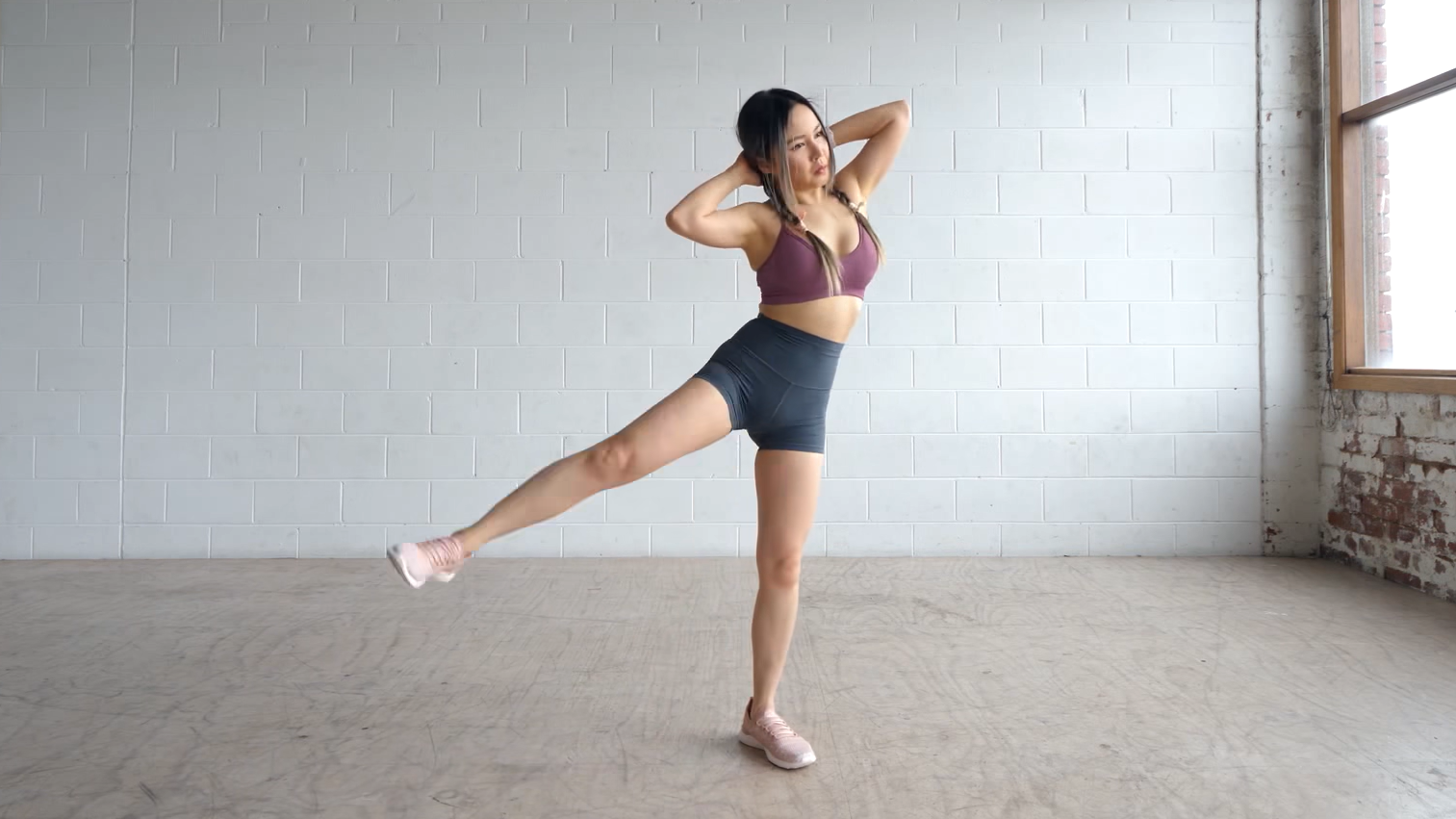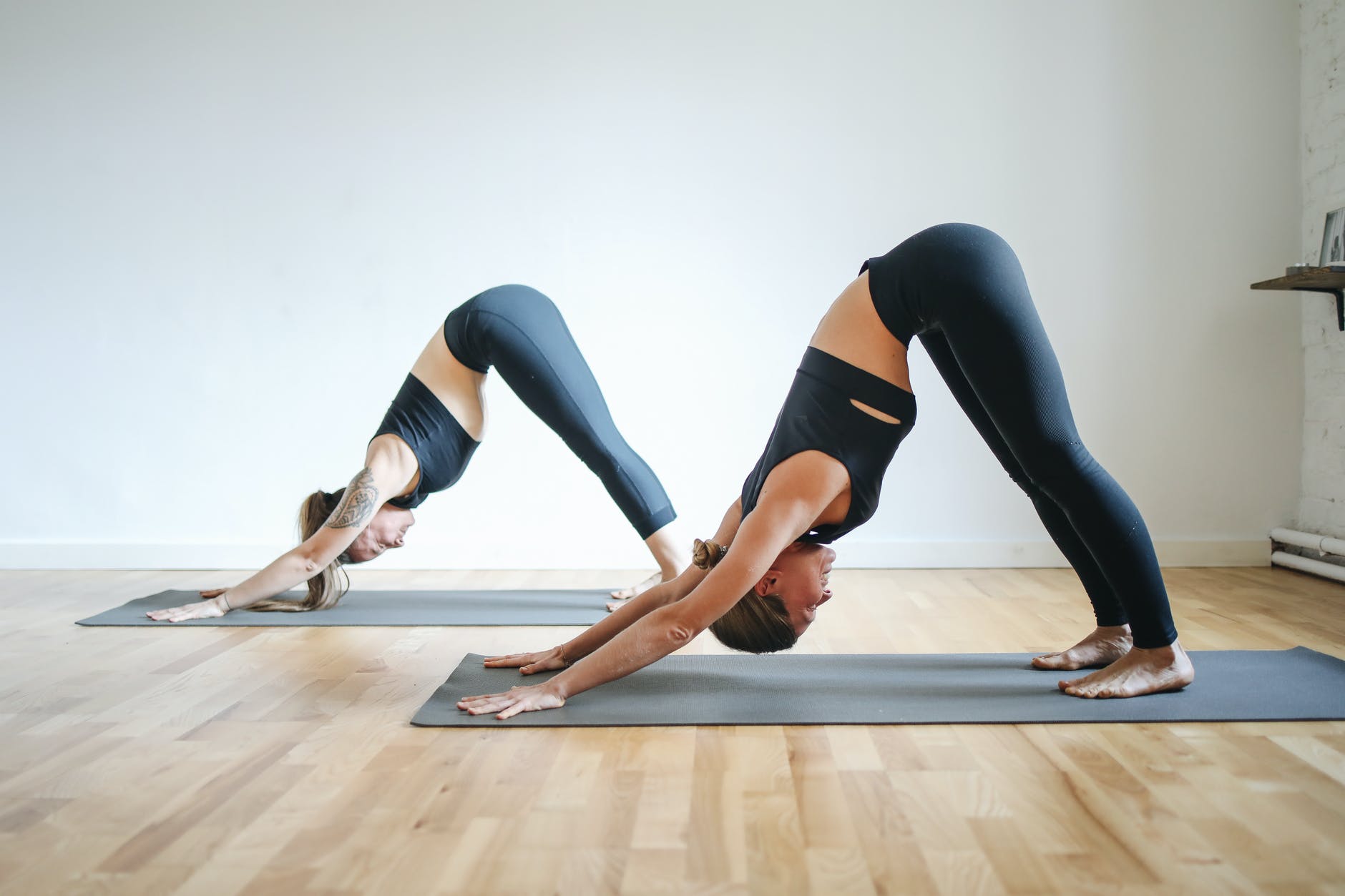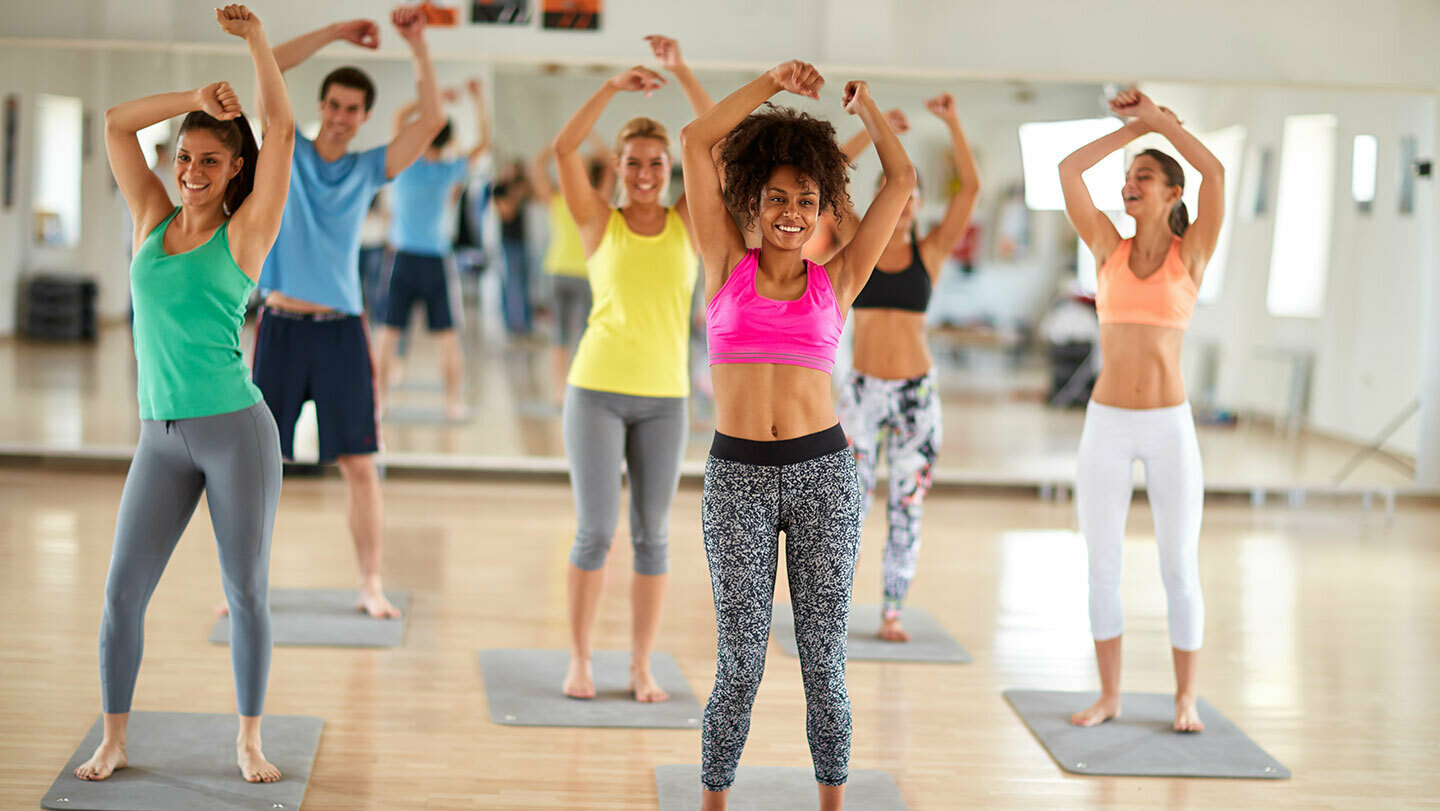Stretching is essential for maintaining flexibility and improving your range of motion. Incorporating the right stretching exercises into your routine can help relieve joint pain and enhance your overall physical health. Whether you’re preparing for a workout, recovering from one, or simply looking to ease tension, stretching offers numerous benefits that make it an important part of daily activities.
In this article, you’ll discover the five best stretching exercises that can transform your flexibility and relaxation. These exercises are simple yet effective, making them suitable for all fitness levels. By practicing these stretches regularly, you’ll not only feel better, but you’ll also be setting the foundation for a stronger, more mobile body.
Understanding the techniques behind these stretches is key to maximizing their effectiveness. With the right approach, you can tailor your routine to meet your specific needs and keep your body in top shape.
Key Takeaways
- Stretching improves flexibility and range of motion.
- Regular exercises help relieve tension and joint pain.
- Proper techniques enhance the benefits of stretching.
The Importance of Stretching
Stretching plays a vital role in your fitness routine. It enhances flexibility, maintains a full range of motion in your joints, and helps reduce the risk of injuries. Understanding the different types of stretching and how to incorporate them into your daily life can greatly benefit your overall mobility and strength.
Types of Stretching
There are several types of stretching to consider. Static stretching involves holding a stretch for a set time, usually 15 to 60 seconds. This is effective for increasing flexibility and is great to do after you exercise.
Dynamic stretching uses controlled movements to improve your range of motion. Examples include leg swings and arm circles. You should do dynamic stretching before workouts to prepare your muscles.
Ballistic stretching uses momentum and can increase flexibility but should be done with caution, as it may lead to injuries if not done properly. Always choose the type that best suits your goals and fitness level.
Incorporating Stretching Into Daily Routine
You can easily include stretching into your daily routine. Aim to stretch for about 10 to 15 minutes each day. You can wake up with some light stretches to loosen your muscles or do them during breaks at work to reduce tension.
Also, make stretching part of your workout. Stretch after strength training to help with recovery and maintain flexibility. Focusing on key muscle groups like your neck, shoulders, and legs will benefit your core mobility.
Consider setting reminders on your phone to keep your stretching routine consistent. Small steps every day can lead to significant improvements over time.
Stretching and Injury Prevention
Stretching can help prevent injuries by keeping your muscles flexible and strong. When you have good flexibility, your body can move more efficiently, which helps you avoid strain and joint pain.
Incorporating stretches that target your hip flexors, hamstrings, and lower back is crucial. These areas often become tight, especially if you sit for long periods. Stretching them can reduce discomfort and improve your performance in other activities.
Warm up before any strenuous activity and include stretches that promote blood flow and relaxation. This proactive approach helps you stay mobile and reduces the risk of injury during workouts or daily tasks.
Top 5 Stretching Exercises
Stretching is essential for improving flexibility and preventing injuries. Here are five effective stretching exercises that target different muscle groups in your body.
Hamstring Stretch for Posterior Chain Flexibility
To perform a hamstring stretch, start by sitting on the floor with your legs extended in front of you. Bend at your hips and reach towards your toes while keeping your back straight. If you can’t reach your toes, use a towel or strap around your feet to assist you. Hold this position for 20 to 30 seconds.
This stretch helps relieve tension in the hamstrings and lower back. To deepen the stretch, you can flex your feet to engage your calves as well. Making this a daily habit can improve your overall flexibility.
Hip Flexor Stretch for Better Hip Mobility
Start by kneeling on one knee with the other foot in front of you, forming a 90-degree angle. Keep your back straight as you gently push your hips forward. You should feel a stretch in the hip flexor of your back leg. Hold this position for 20 to 30 seconds and switch sides.
To enhance the stretch, raise your opposite arm overhead. This variation opens up the side of your body while stretching the hip. Regular practice can lead to improved mobility and reduce tightness in your hips.
Quad Stretch for Thigh Muscles
To do a quad stretch, stand up straight and bend one knee. Grab your ankle or foot with the same-side hand and pull it toward your glutes. Keep your knees close together and your back straight. Hold the stretch for about 20 to 30 seconds.
This stretch targets the front of your thighs and helps relieve tension. If you find it hard to balance, use a wall or chair for support. Incorporating this stretch can improve flexibility in your quadriceps and overall leg movement.
Calf Stretch for Lower Leg Tension Relief
Find a wall and place your hands against it for support. Step one foot back, keeping it straight while bending the front knee. Heel should remain on the floor. You will feel a stretch in the calf muscle of the back leg. Hold this position for 20 to 30 seconds, then switch legs.
This stretch is great for relieving tension in the calves, often tight from daily activities like walking and running. You can also perform this stretch with both legs straight to further target the soleus muscle.
Shoulder and Triceps Stretch for Upper Body
Begin by raising one arm overhead and bending it at the elbow, so your hand reaches down your back. Use your other hand to gently press down on your bent elbow. Hold for 20 to 30 seconds, then switch arms.
This stretch effectively targets the shoulders and triceps, areas that can become tight from repetitive motions. To get the most from this stretch, keep your torso upright and breathe deeply as you hold the position. Regularly doing this exercise can improve your upper body flexibility and mobility.
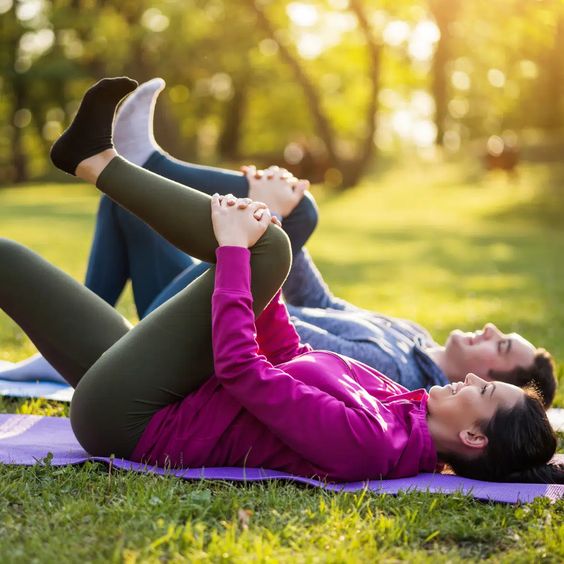
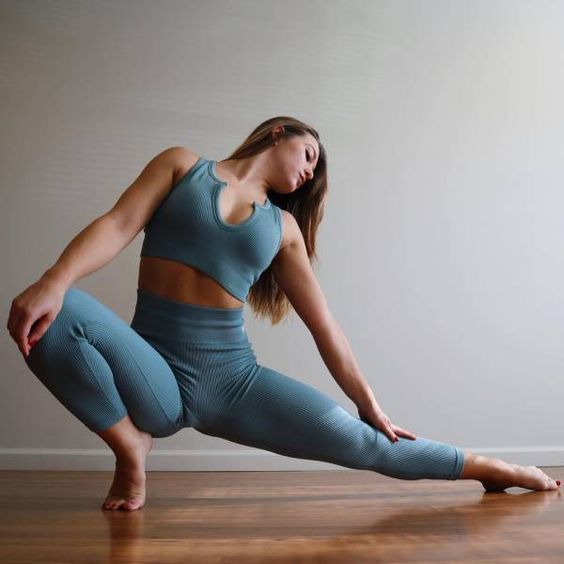
Stretching Techniques for Maximum Effectiveness
Knowing the right stretching techniques can enhance your flexibility and prevent injuries. By understanding the differences between dynamic and static stretching, as well as the importance of warming up and cooling down, you can maximize the benefits of your routine.
Dynamic vs. Static Stretching
Dynamic stretching involves moving parts of your body through a full range of motion. This type of stretching is best before a workout. It helps increase blood flow and warms up the muscles. Examples include leg swings and arm circles. Aim for about 5-10 minutes of dynamic stretches to prepare your body for activity.
Static stretching, on the other hand, is holding a stretch for a set period, usually 10-30 seconds. This method is best after exercise to help cool down your muscles and improve flexibility. Focus on different muscle groups, like hamstrings and shoulders. Avoid bouncing, as this can lead to injury. Both techniques are important; use dynamic stretches before and static stretches after your workouts.
Proper Warm-Up and Cool-Down Routines
A proper warm-up is essential for your workout routine. Start with 5-10 minutes of light cardio, like jogging or jumping jacks. This increases your heart rate and prepares your muscles for more intense activity. Follow up with dynamic stretches to target areas you’ll be using.
After your workout, cooling down is just as important. Spend 5-10 minutes doing static stretches to relax your muscles. Hold each stretch for at least 30 seconds. Focus on areas that feel tight. This helps improve flexibility and reduces soreness. Always listen to your body; avoid stretches that cause pain.
Special Focus: Stretches for Specific Needs
Targeted stretching can improve your daily activities and enhance your performance in specific situations. Here are stretches that cater to office workers, athletes, and those seeking daily flexibility through yoga.
Stretches for Office Workers
Sitting at a desk for long periods can lead to stiffness and tension, especially in your neck and back. Incorporate these quick stretches into your work routine:
- Neck Stretch: Gently tilt your head to one side, bringing your ear toward your shoulder. Hold for 15-30 seconds and repeat on the other side.
- Cat-Cow Stretch: Sit up straight, place your hands on your knees, and alternate arching and rounding your back. This movement helps relieve tension in your spine.
- Overhead Triceps Stretch: Raise one arm overhead, bending it to touch your upper back. Use your other hand to push gently on the bent elbow. Hold for 15-30 seconds on each side.
These stretches help you maintain mobility and reduce discomfort.
Stretches for Athletes and High-Intensity Training
Athletes require dynamic stretches to enhance performance and aid recovery. Focus on these key stretches post-workout:
- Standing Quad Stretch: Stand on one leg and pull your opposite heel toward your glutes. Hold for 30 seconds to stretch the front of your thigh.
- Thread the Needle: From a tabletop position, slide one arm under the other, resting your shoulder and head on the ground. This stretch targets the shoulders and upper back.
- Full-Body Stretch: Lay on your back, extending your arms and legs. Feel the stretch throughout your body. Hold for about 30 seconds for overall recovery.
Incorporating these stretches can help with mobility and prevent injuries.
Yoga Poses for Daily Stretching
Yoga offers accessible stretches for increased flexibility and relaxation. Try these poses for your daily routine:
- Child’s Pose: Kneel on the floor, sit back on your heels, and stretch your arms in front while lowering your forehead to the ground. This pose relaxes your back and shoulders.
- Downward Dog: From a plank position, lift your hips to form an inverted V shape. This stretch engages your shoulders, hamstrings, and calves.
- Cobra Pose: Lie on your belly and press your palms to the ground, lifting your chest. This pose opens your chest and stretches the abdomen.
Practicing these yoga poses can enhance your flexibility and promote calmness in your daily life.
